Uncategorized
-
 Astronomy
AstronomyDistant galaxy may contain primeval stars
A stockpile of the first generation of stars might be lighting up gas in a galaxy that existed roughly 800 million years after the Big Bang.
-
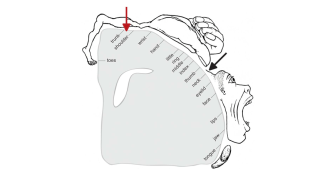 Neuroscience
NeuroscienceHomunculus reimagined
A new study pinpoints the part of the brain that controls the neck muscles, tweaking the motor homunculus.
-
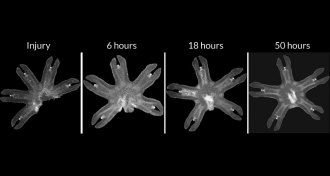 Animals
AnimalsMoon jellies muscle their way to recovery
Symmetrization, using rapid muscle movements to repair body symmetry, is the go-to healing mechanism for the limbed stage of moon jellyfish.
-
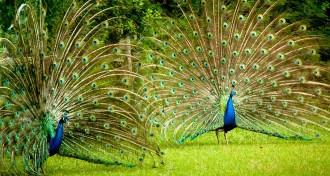 Animals
AnimalsMale peacocks keep eyes low when checking out competition
Eye-tracking technology shows peacocks barely gaze at the full height of other males magnificent eyespot feather spreads.
By Susan Milius -
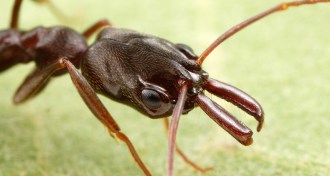 Animals
AnimalsHow a trap-jaw ant carries a baby
Powerful jaws make the Odontomachus brunneus ant a skilled escape artist.
By Susan Milius -
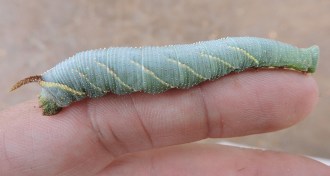 Animals
AnimalsWhy whistling caterpillars scare birds
Caterpillars that whistle when birds peck at them may be giving phony avian warning calls.
By Susan Milius -
 Planetary Science
Planetary ScienceMethane found in meteorites from Mars
Methane stored in Martian meteorites points to possibly habitable environments beneath the surface of the Red Planet.
-
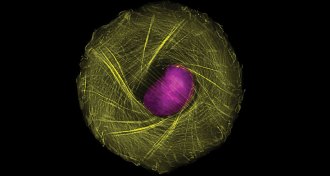 Life
LifeTwisty chains of proteins keep cells oriented
The counterclockwise twist of protein fibers jutting out from the edge of human cells allow the cells to distinguish right from left.
-
 Ecosystems
EcosystemsOcean food source lives by day, dies by night
The most abundant carbon fixer in the oceans lives by day, dies by night, and may be key to the balance of marine ecosystems.
-
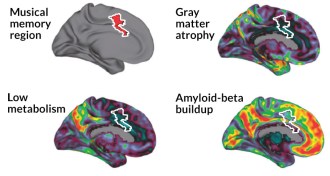 Neuroscience
NeuroscienceAlzheimer’s spares brain’s music regions
Brain regions involved in recognizing familiar songs are relatively unscathed in Alzheimer’s disease.
-
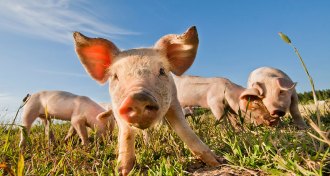 Animals
AnimalsPigs don’t deserve the name ‘Lesser Beasts’
From ancient forests to modern farms, pigs’ relationship with humans has been symbiotic.
-
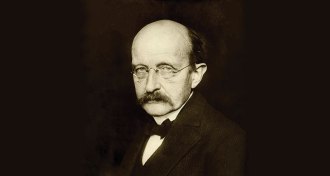 Science & Society
Science & SocietyMax Planck, originator of quantum theory, tormented by war and personal loss
A biography by physicist Brandon Brown illuminates the personal struggles of the physics pioneer.